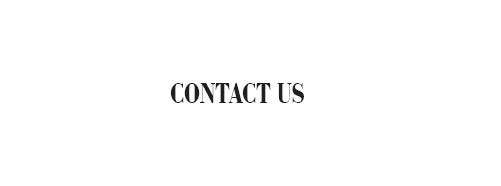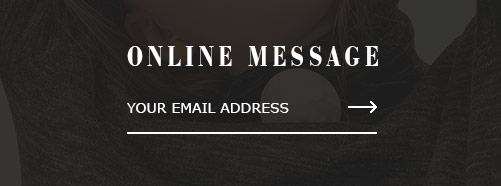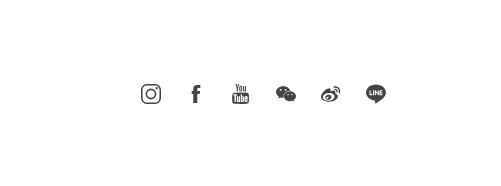What are the advantages of cotton and polyester blended fabrics
- Categories:Industry news
- Author:
- Origin:
- Time of issue:2022-04-14
- Views:0
(Summary description)Fabrics that are blended and interwoven with cotton and other fibers are collectively referred to as cotton blended and interwoven fabrics.
What are the advantages of cotton and polyester blended fabrics
(Summary description)Fabrics that are blended and interwoven with cotton and other fibers are collectively referred to as cotton blended and interwoven fabrics.
- Categories:Industry news
- Author:
- Origin:
- Time of issue:2022-04-14
- Views:0
Fabrics that are blended and interwoven with cotton and other fibers are collectively referred to as cotton blended and interwoven fabrics. This includes the combination of cotton and other natural fibers, as well as the combination of cotton and various chemical fibers. Usually, cotton and chemical fibers are combined into practical fabrics of various colors and various advantages.
1. Viscose fiber and rich fiber and cotton blended textiles generally use 33% cotton fiber, 67% viscose fiber or rich fiber. This type of fabric has the characteristics of wear resistance, higher strength than viscose fabrics, better hygroscopicity than pure cotton cloth, less drop in wet strength, and soft and smooth handfeel. The main varieties are viscose cotton cloth and fiber-rich cotton fabrics.
2. Polyester-cotton fabrics are usually blended with 35% cotton and 65% polyester. This kind of fabric is mainly woven with high-count yarn plain weave, and is mostly used for light and thin shirting cloth, fine plain cloth, poplin, etc. Polyester-cotton cloth is commonly known as "really good". It not only maintains the characteristics of high strength and good elasticity and recovery of polyester fiber, but also has the characteristics of strong hygroscopicity of cotton fiber. It is easy to dye and dry after washing without ironing.
There are many varieties and specifications of polyester-cotton fabrics, including primary color fabrics, colored fabrics, printed fabrics and yarn-dyed fabrics.
a. Polyester-cotton muslin: It is a fabric woven with high yarn count and plain weave with similar warp and weft density. The cloth surface is smooth and clean, smooth to the touch, thin and light, and not easy to pilling. With more bleaching, printing and light colors, it can be used to make men's and women's shirts.
b. Polyester-cotton poplin: The structure and fabric characteristics are the same as those of pure cotton poplin. Most of them are bleached and plain, suitable for making higher-end shirts.
c. Polyester-cotton linen yarn: It adopts plain weave with single and double warp yarns arranged at intervals.
d. Polyester cotton seersucker: Also known as polyester cotton ginned fabric, it has the characteristics of crisp, quick drying and no ironing. The look of the fabric is the same as that of pure cotton seersucker.
e. Polyester-cotton twill fabric: fabrics woven with twill weave with clear twill lines, including polyester-cotton khaki, gabardine, crotin, etc. Among them, polyester-cotton khaki has the characteristics of thick and tight cloth body, toughness and crispness, clear texture and wear resistance. Suitable for making jackets, windbreakers, etc.
f. Polyester-cotton burnt-out fabric: grey fabric woven with polyester-cotton core-spun yarn (polyester filament as the core and cotton yarn outside), after acid treatment, the surface pattern is uneven, transparent and cool, and the fabric has a strong three-dimensional effect. Suitable for summer wear.
g. Other polyester-cotton varieties: such as polyester-cotton yarn-dyed bark wrinkle, inverted-proportion blended fabrics, etc., they all have their own characteristics, and their wearability exceeds that of fabrics woven from a single fiber raw material.
(3) Vinylon and cotton blended fabrics. This kind of fabric has good hygroscopicity and permeability, and because vinylon is resistant to salt water corrosion, the nylon-cotton blended fabric is suitable for making underwear, underwear, pajamas, etc. The disadvantage of dimensional cotton is that the dyeing is not bright enough and the elasticity is poor. Its main varieties are yarn-dyed fabrics such as dimensional cotton city cloth, dimensional cotton plain cloth, dimensional cotton muslin cloth and dimensional cotton plaid cloth.
⑷ Polypropylene cotton fabric is a plain weave fabric that is blended with polypropylene staple fiber and cotton in a ratio of 1:1. Common polypropylene cotton muslin and polypropylene cotton linen yarn.
a. Polypropylene cotton muslin: a plain weave fabric blended with 50% cotton and 50% polypropylene, which has a crisp appearance, low shrinkage, durable and durable, easy to wash and quick-dry, and has the style of polyester-cotton fabrics. However, it has poor hygroscopicity, heat resistance and light resistance, and is suitable for making outerwear.
b. Polypropylene cotton and linen yarn: a thin fabric blended with 50% cotton and 50% polypropylene or 65% polypropylene and 35% cotton. The appearance is the same as that of pure cotton and linen yarn, but the moisture absorption, light resistance and heat resistance are not as good as cotton and linen yarn. Suitable for summer shirting or military raincoats, mosquito nets, etc.
Scan the QR code to read on your phone
Recommended News


What kind of fabric is high count cotton

The difference between woven cotton and pure cotton Which is more comfortable, woven cotton or pure cotton

40 counts, 60 counts, 80 counts, 100 counts cotton, what does the count of cotton mean?
Copyright © Shaoxing YongCong Textile Co., Ltd.



